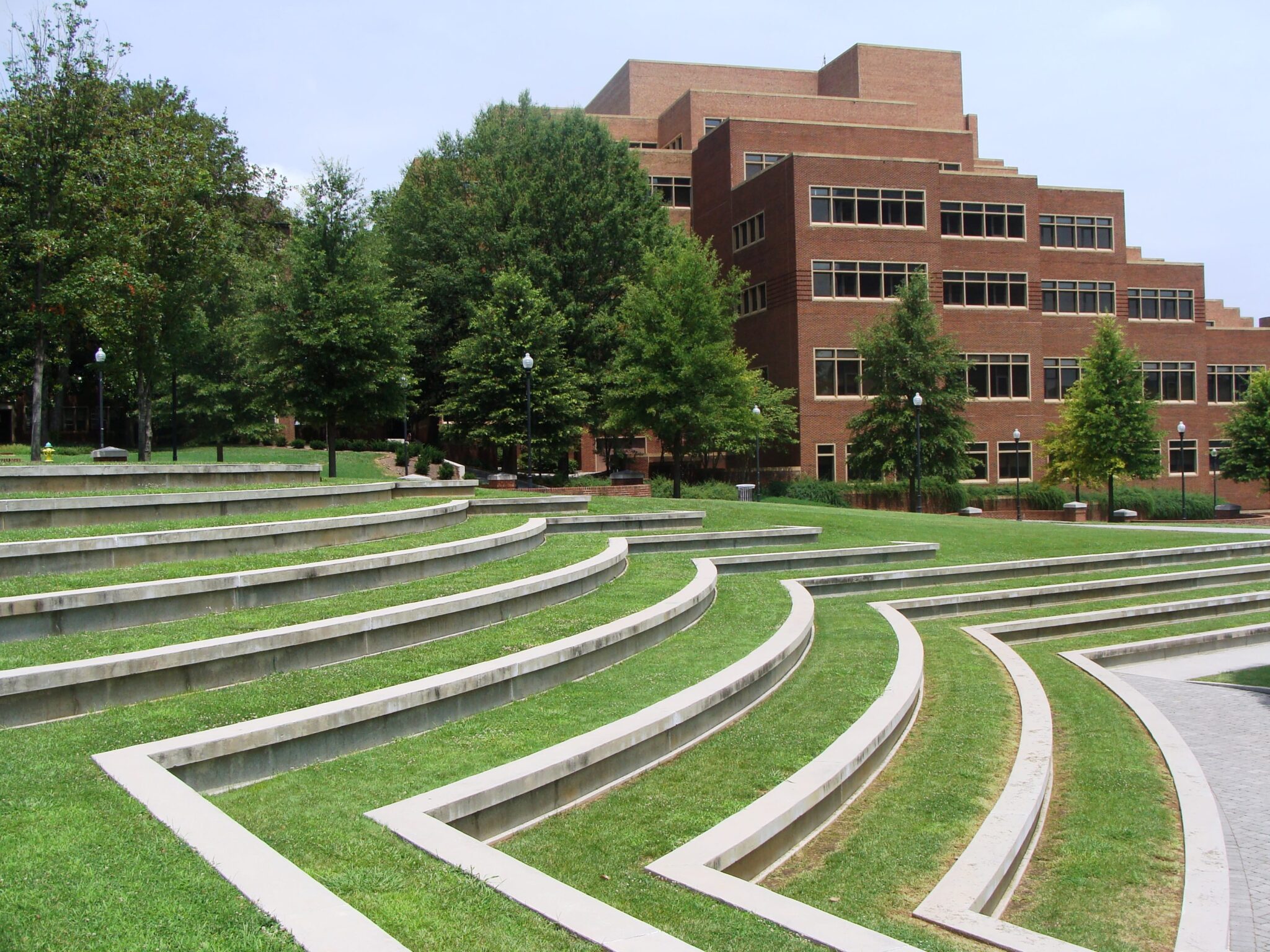Guest lecturer draws parallels to poverty and disability, discusses societal view of the poor
Guest lecturer provides insight on the oversimplification of poverty and disability.

https://commons.wikimedia.org/wiki/Category:John_C._Hodges_Library#/media/File:Amphitheatre_UTK1.jpg
Poverty and disability were at one time almost seen as parallel characterizations, according to Lennard J. Davis, distinguished professor of English, disability services and medical education at the University of Illinois at Chicago said.
Through a lecture titled, “The Aesthetics of Poverty and Disability” as part of the “Literature, Criticism, and Textual Studies Series” at the University of Tennessee’s English department, Davis discussed how the public spheres of society are essentially content with shunning the poor, much like how people with disabilities were in the past.
Davis said poor people have been characterized as one dimensional representations from misleading content creators, meaning writers, artists and television producers have constructed romanticized depictions of people who are struggling to support themselves. As a result, the public sphere has become accustomed to seeing poor people in the same light. This light could be seen as dirty, shaggy, sickly, alcoholic, disease ridden, etc.
Davis demonstrated these characteristics in famous paintings and photographs depicting poverty stricken people. He also gave examples of how writers from the 19th and 20th centuries would find inspiration of poor communities by studying their daily lives for brief periods of time.
Davis said many of the writers and artists were in middle to upper class and had no idea what it was like to beg for money or work three jobs to support a family.
“It matters who represents the poor,” he said.
For more information on Davis, visit his website.
Featured Image courtesy of Nima Kasraie, obtained through Creative Commons
Edited by Kaitlin Flippo

